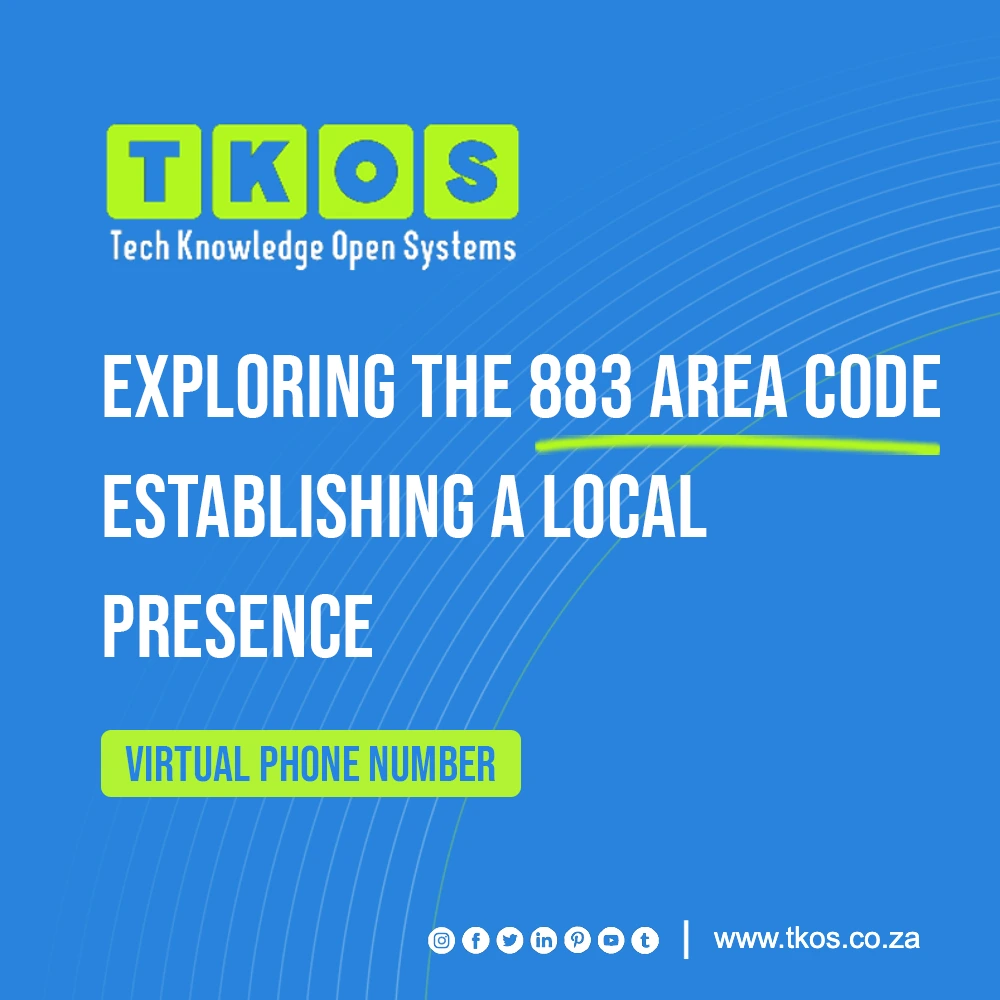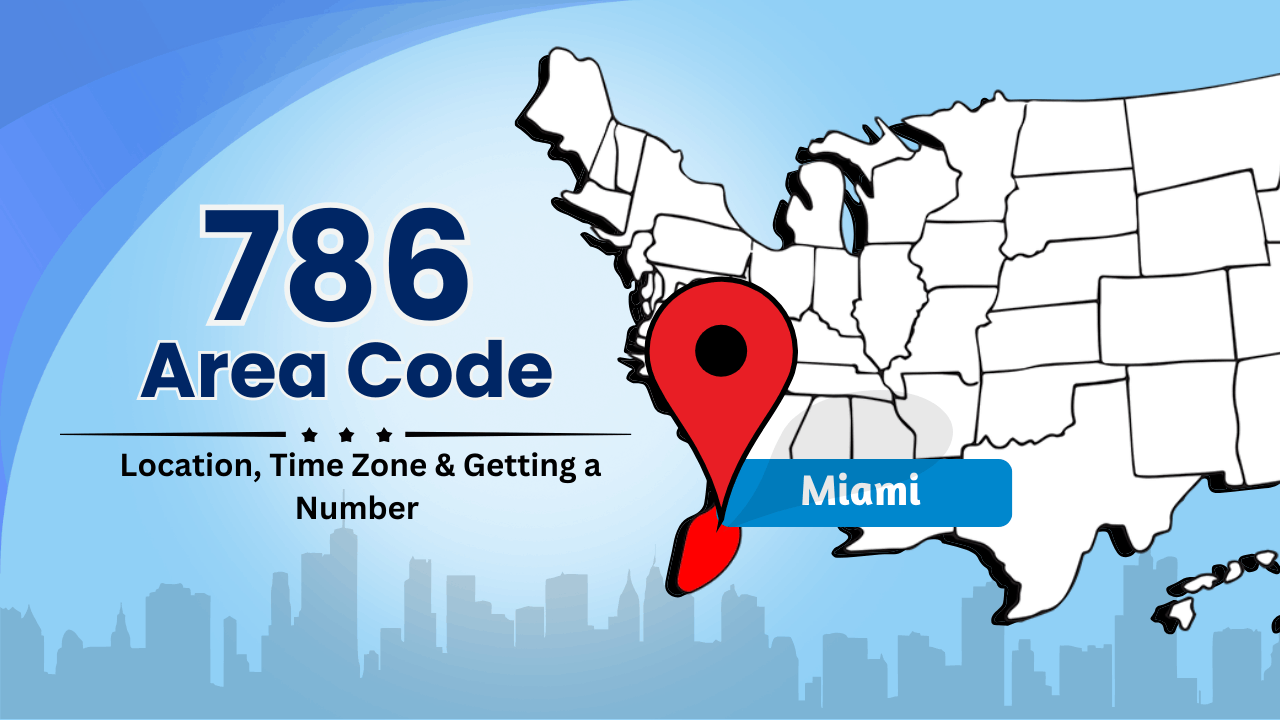883 Area codes have a rich history that dates back to the early days of telephony. The North American Numbering Plan (NANP), established in 1947, laid the foundation for the current system of area codes. Initially, area codes were assigned based on population density and geographical regions. They served as identifiers for specific areas within a country, facilitating efficient call routing and telecommunications.
As populations grew and telephone usage increased, the need for additional area codes became evident. This led to the creation of new codes to accommodate the rising demand for telephone numbers. Each new area code represented an expansion in the telecommunications infrastructure and played a vital role in managing communication across different regions.
The introduction of new area codes, such as the 883 area code, was driven by the need to ensure sufficient telephone number resources for specific areas. These codes have become an integral part of the telecommunications landscape, allowing for effective communication and helping individuals connect across vast distances.
The Role and Usage of Area Codes
Area codes play a crucial role in organizing telephone systems and facilitating efficient communication. They serve as geographic identifiers, enabling individuals to determine the location associated with a particular phone number. By identifying the area code, callers can determine whether a number falls within their local calling area or if it requires a long-distance or international call.
In addition to local calling, area codes are essential for long-distance and international calling. They help route calls accurately across vast distances, ensuring that the call reaches the intended recipient. Area codes also enable telecommunication providers to allocate resources efficiently, manage network capacity, and maintain call quality.
Moreover, area codes have practical implications for businesses and individuals. A local area code can establish a sense of trust and credibility, especially for businesses targeting specific regions. Area codes also play a role in pricing plans, as some telecommunications providers offer different rates for calls within the same area code compared to calls outside the area.
Overall, area codes are vital components of the telecommunications infrastructure, enabling effective communication and ensuring accurate call routing across local, long-distance, and international connections.
Dialing Patterns and Format 883 area code
Dialing patterns and formats vary depending on the location and type of call. When dialing within the 883 area code, callers typically follow a specific format. They dial the three-digit area code (883) followed by the seven-digit local phone number. For example, if the Toll free number is 123-4567, the caller would dial 883-123-4567.
When dialing from outside the 883 area code, additional digits may be required.
- The specific dialing pattern depends on the country and its international access code.
- To make an international call to a phone number within the 883 area code:
- Dial your country’s international access code.
- Followed by the country code for the region containing the 883 area code.
- Finally, dial the complete phone number associated with the 883 area code.
It’s important to note that dialing patterns and formats may vary depending on the telecommunications provider and any specific regulations or requirements in place. Callers should always consult their service providers or refer to relevant guidelines to ensure they dial correctly and connect to the desired destination.
Impact on the Telecommunications Industry
The introduction of new area codes, including the 883 area code, has a significant impact on the telecommunications industry. As the demand for telephone numbers continues to grow, telecommunication providers must adapt their infrastructure and systems to accommodate these new codes.
The addition of a new area code requires telecommunications companies to allocate and manage telephone number resources effectively. This involves updating databases, configuring network systems, and implementing routing protocols to ensure seamless call connectivity within and across area codes.
Furthermore, the introduction of new area codes presents both challenges and opportunities for telecommunications providers. On one hand, it may require substantial investments in upgrading network infrastructure to support the increased capacity. On the other hand, it opens up new markets and revenue streams as businesses and individuals seek to obtain phone numbers within the newly assigned area code.
Telecommunication companies must also educate their customers and provide clear guidelines on how to dial correctly within and outside the new area code. This helps avoid confusion and ensures a smooth transition for users.










